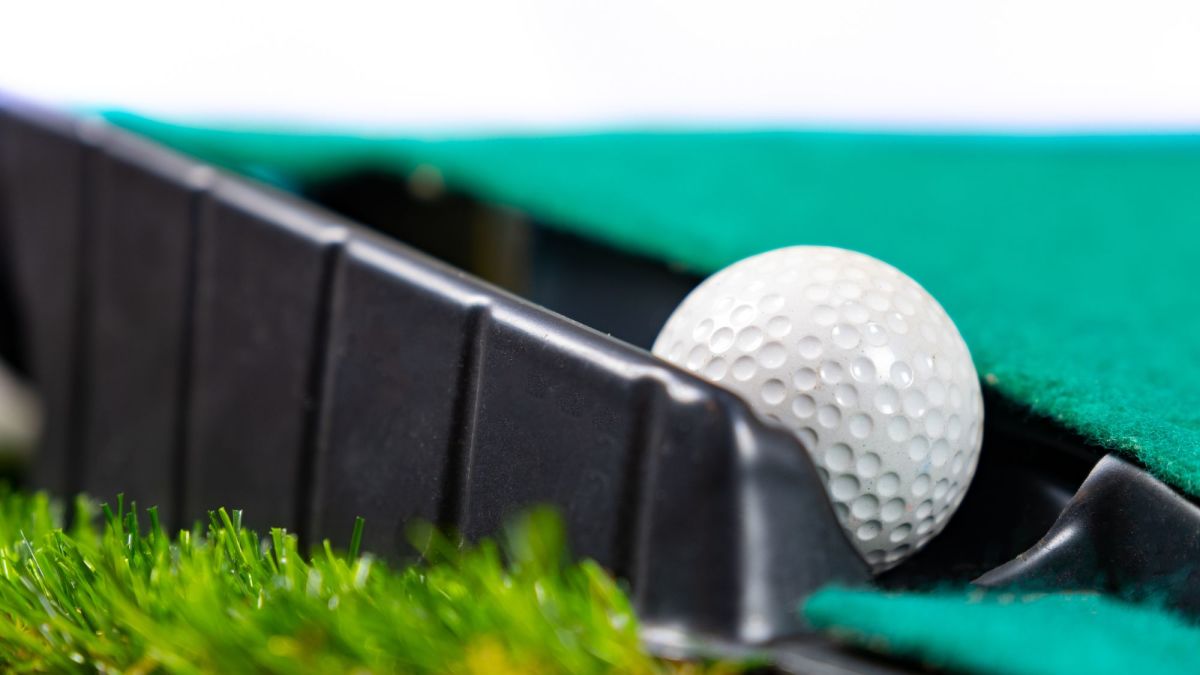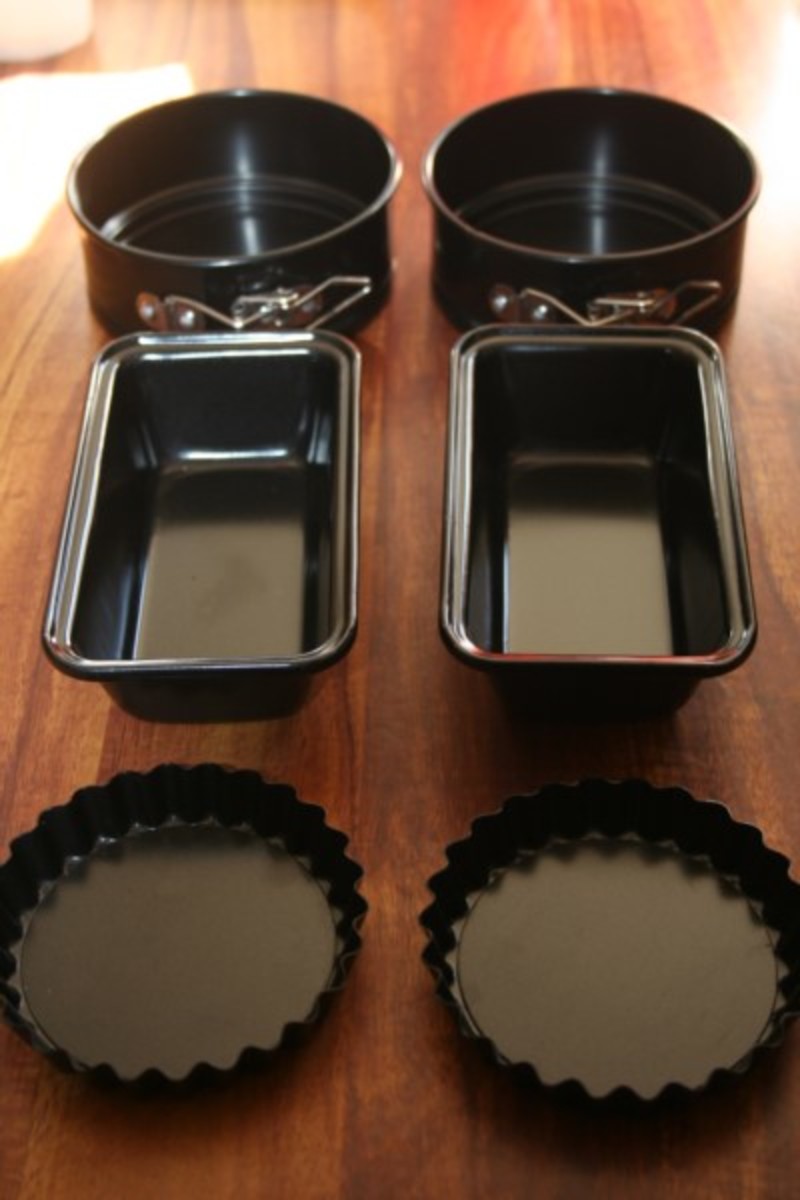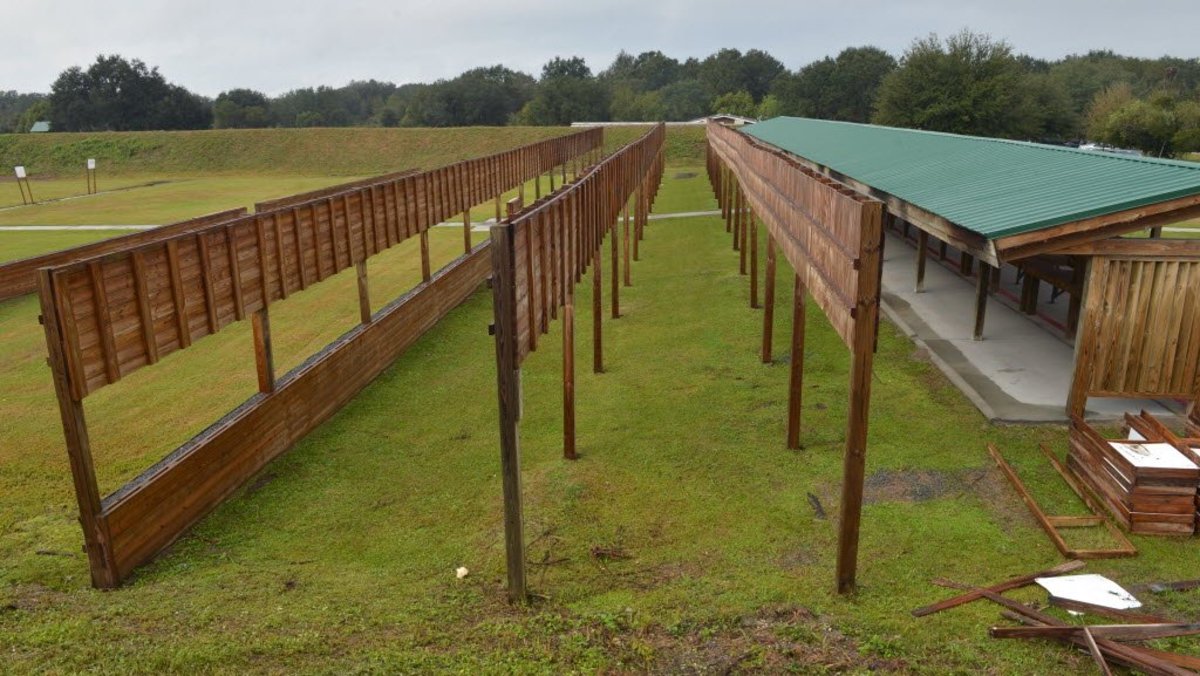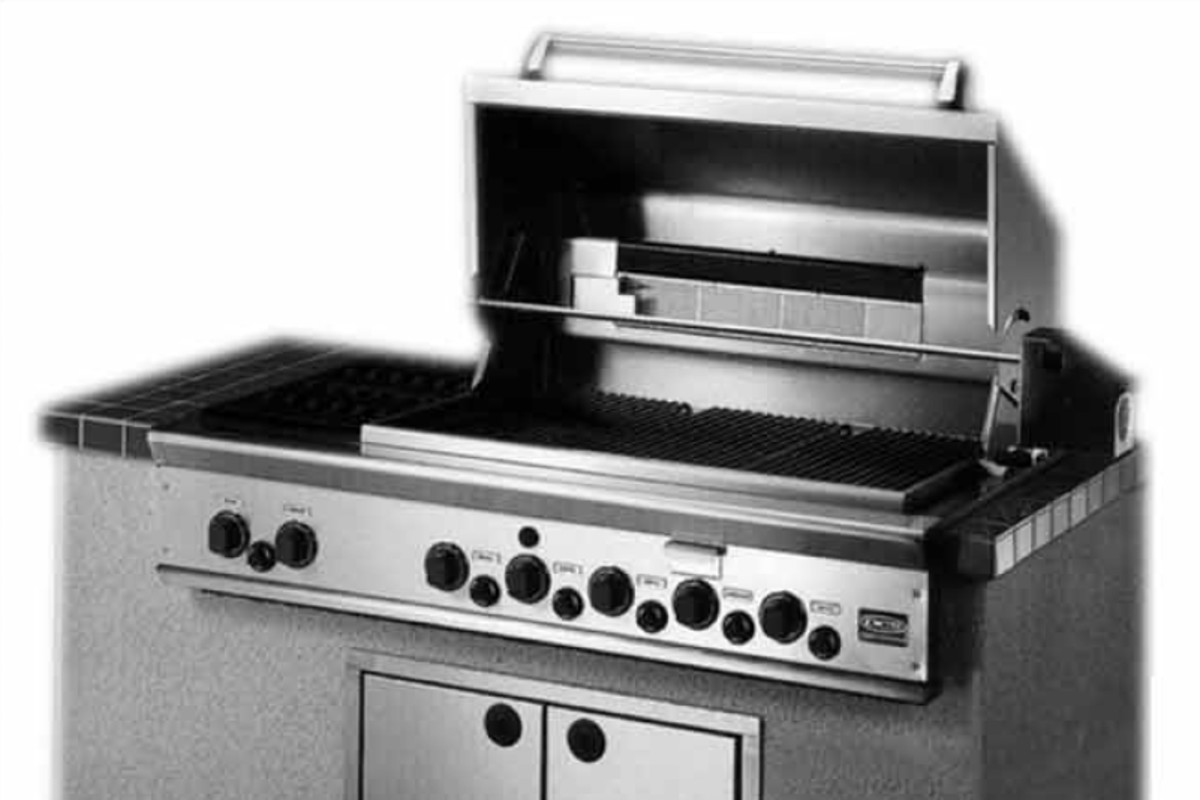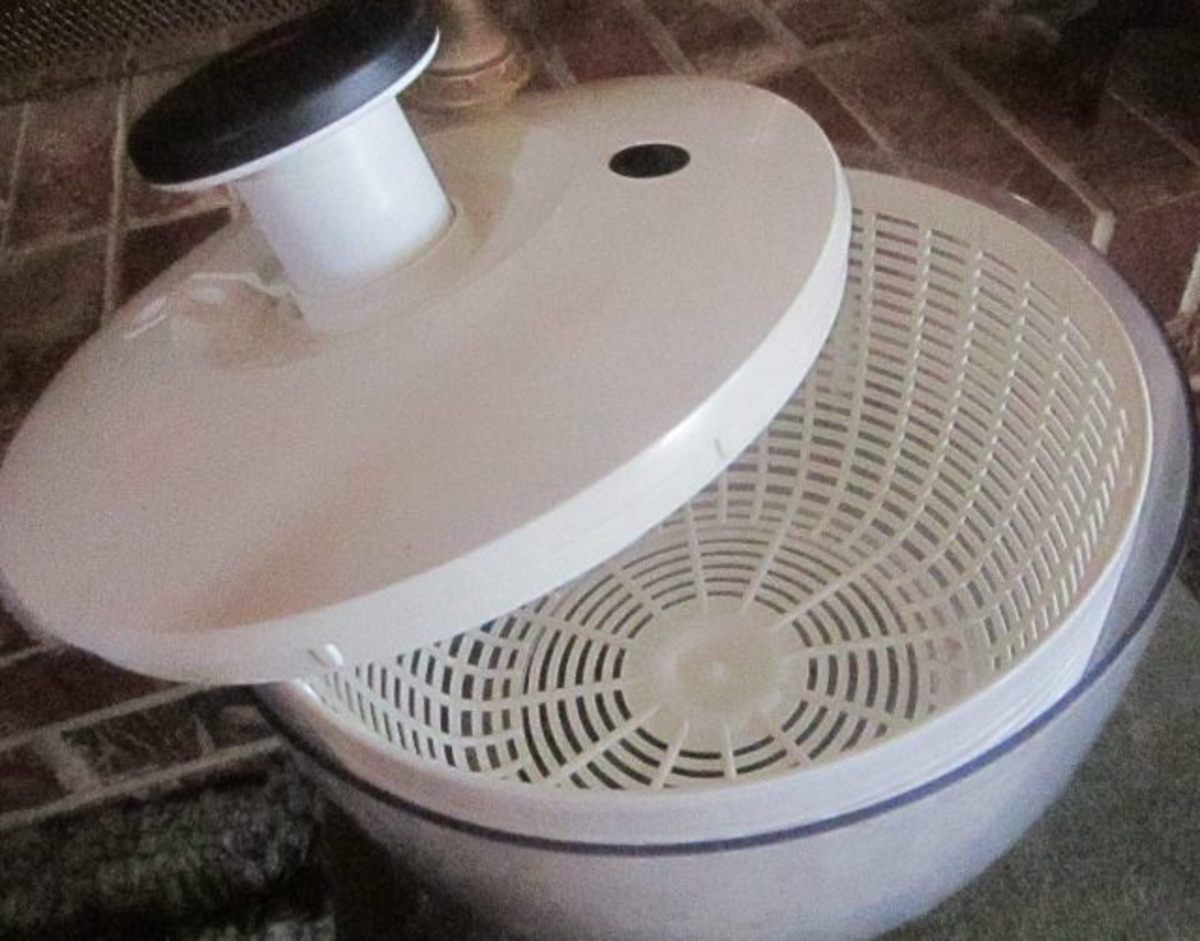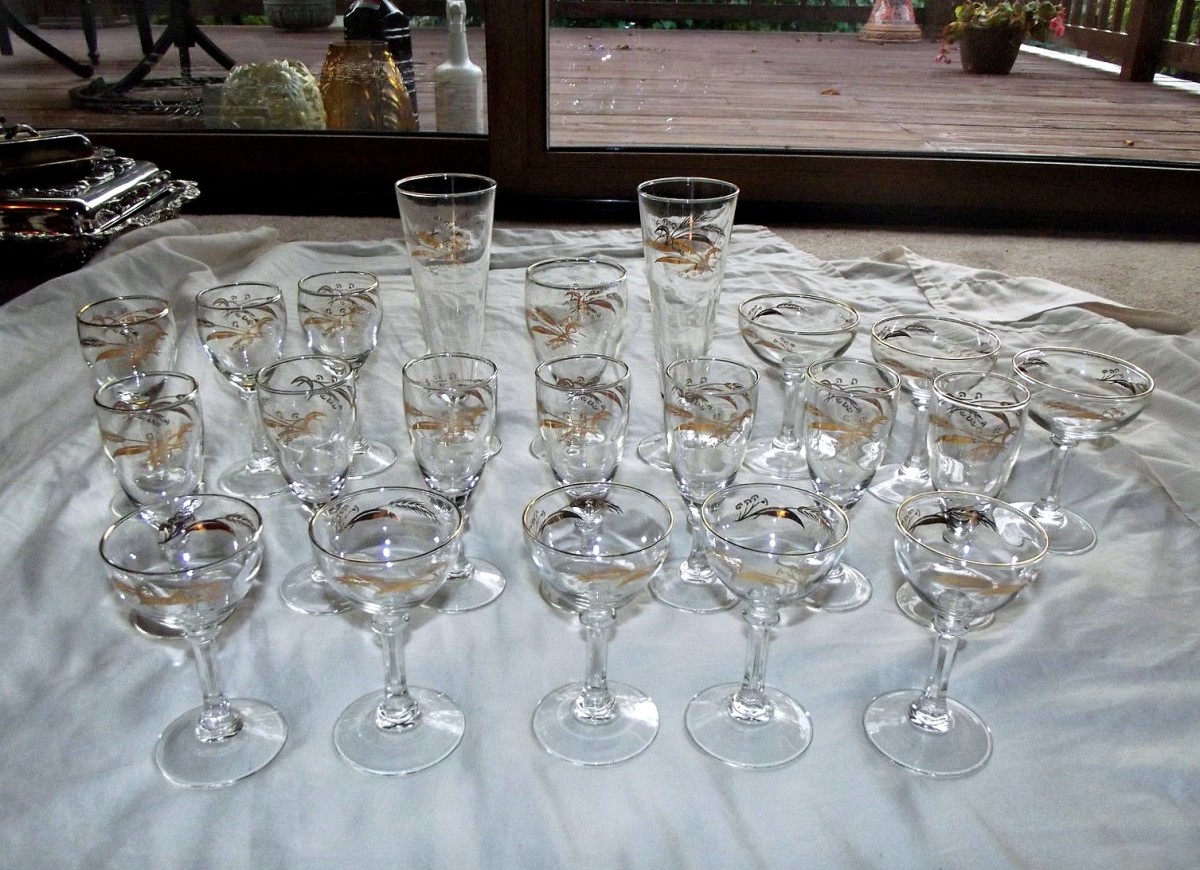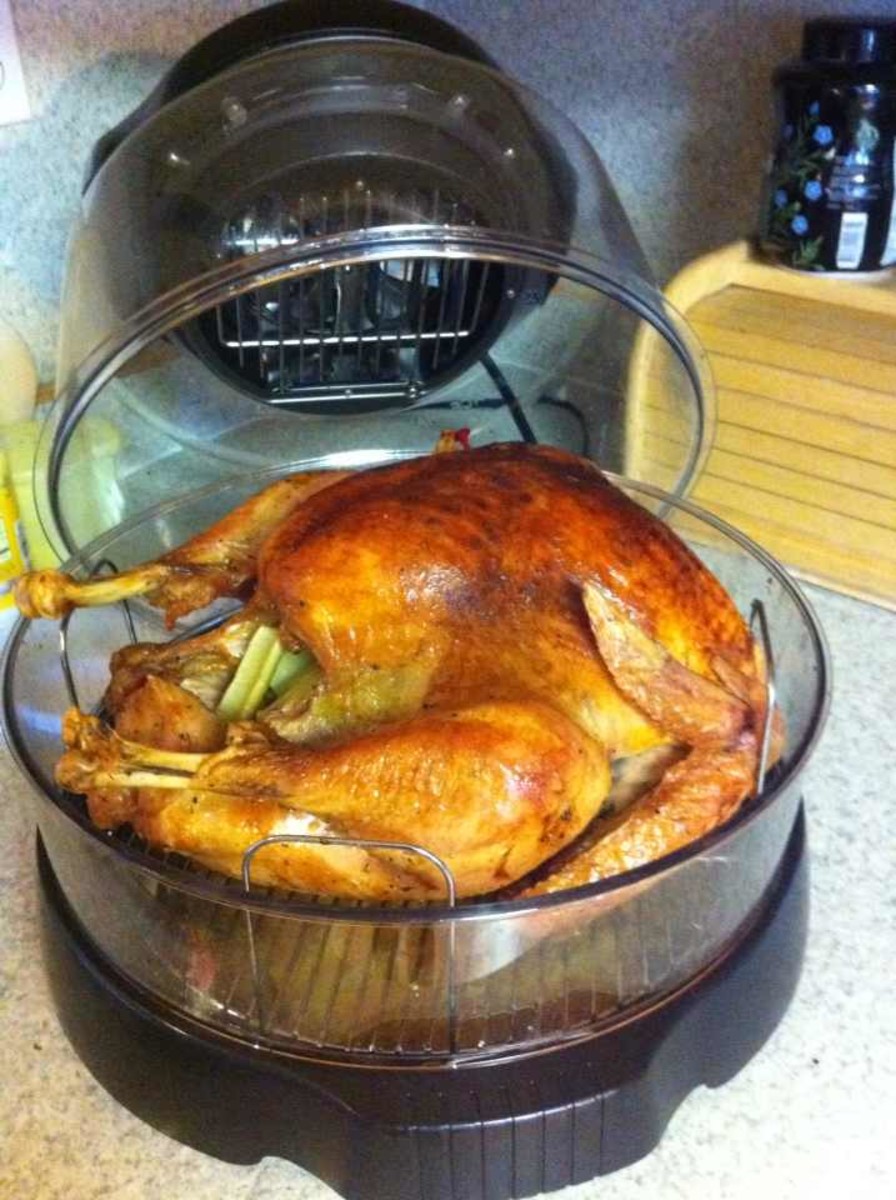How to buy a range
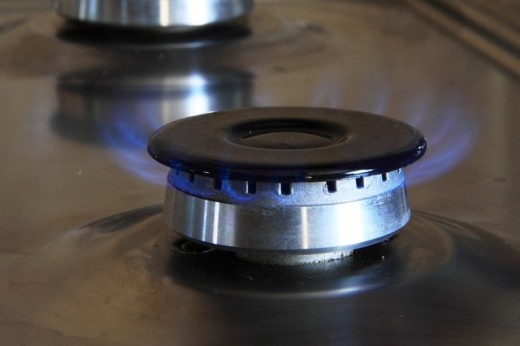
Do I need a range?
Kitchen ranges are very useful and it is certainly the best tool for many jobs. For example, no other appliance can offer the control of a sauté or sauce like the range, and an oven's ability to turn out crisp, browned surfaces on meats and baked goods is unsurpassed by any other appliance. Overall, the basic function of ranges has not changed much in recent years. The only difference is that new products offer faster, sleeker, and cleaner-performing ranges.
Types of ranges
Kitchen ranges are either electric or gas (natural and liquid propane). Nearly all models are available in either version with otherwise identical features. Some commercial-style ranges combine gas-fueled surface burners and electric ovens, which are called dual-fuel ranges.
Electric ranges
Electric ranges cost less to buy than comparable gas models and are more popular nationwide because gas is unavailable in some areas. Most electric ranges produce heat via wiring encased in insulated tubes, called coils or elements. Radiant smoothtop ranges feature thin coils bonded beneath a flat, ceramic-glass surface. A variation found on some smoothtop electric ranges are magnetic induction elements. They heat by electromagnetism and work only when in contact with steel or cast-iron cookware. Electric ranges have constant, even heat, no open flame, no gas leak potential and the smoothtop electric cooking surfaces wipes clean easily. However, some elements (except magnetic induction) warm up and cool down more slowly than gas burners and regulating temperature is more difficult than with gas appliances. The energy costs are also higher for electric ranges compared to gas.
Quick Tip: Some electric ranges contain one or more halogen elements. These derive heat by passing an electrical charge through a quartz-glass tube containing halogen gas. Halogen elements take less time to warm up than conventional electric coils (they’re usually featured as "instant-heat" elements) offer good heat control, a smooth appearance and they are easy to clean. Like other electric elements, there's no open flame.
Smoothtop Electric Ranges Vs. Traditional Electric Ranges with Coil Burners
Smoothtop
- Easy to clean
- Surface can double as counter space when not in use
- For best performance, use flat bottom cookware
- Sugary spills will pit the ceramic surface if not cleaned immediately
- It is recommended that you use special cleanser
Coil Burner
- Less expensive to buy and to repair
- Traditional cookware (not flat bottom) performs well
- Surface will not be marred by spills
Gas ranges
A gas range produces a flame by burning a mixture of gas and air. Gas ranges require a gas hookup, either to a municipal natural gas source or to liquid propane (LP) supply tank installed in your yard by a private gas company, and a 120-volt household electric circuit for running appliance features such as the clock, ignition controls, and lights. Gas ranges have an instant on/off switch, precise temperature control, visible cooking flame (ranges/cooktops) and a wide range of temperature settings. They also have little heat retention when burner is off, so cooking stops almost immediately and cost less to operate than electric ranges. However, the open flame presents a fire hazard and there is a slight potential for hazardous gas leak. Furthermore, the purchase price is usually higher than for comparable electric models.
Dual-fuel ranges
These offer the instant-response of gas burners and the even heat of an electric oven.
Quick Tip: Ninety percent of stove buyers choose a 30-inch freestanding conventional kitchen range, according to the Association of Home Appliance Manufacturers (AHAM).
Range designs and styles
Range designs
Freestanding ranges are the most popular. These have finished sides, a backguard, and rest directly on the floor. Freestanding ranges are designed to fit between cabinets but can also be placed at the end of a row of cabinets or even alone (although neither is recommended from the standpoint of good kitchen design.)
Slide-in ranges rest on the floor. They have finished sides and usually a storage drawer but lack a backguard.
Drop-in ranges are similar to slide-ins but lack legs and a storage drawer. Drop-in ranges must be installed in a base cabinet designed for them.
Range styles
Conventional kitchen ranges are available in 30- to 36-inch widths. Depth is a uniform 28 inches. Heights vary from 36 to 47 inches depending on whether or not the range includes a backguard. Eye-level models, which incorporate an oven above the cooking surface, are around 68 to 72 inches high. Small apartment-size ranges only 20 inches wide are available, as are much larger (up to 60 inches wide) commercial-style, or "professional," ranges. Elements and burners on conventional kitchen ranges typically generate between 6,000 and 10,000 BTUs.
Commercial- style ranges typically are wider, heftier and more heavily appointed than conventional ranges. Standard widths are from 36 to 60 inches (some 30-inch models are available) and usual features include stainless steel panels, industrial-looking parts and up to six burners in addition to accessories like grills, griddles, woks and much, much more. All commercial-style ranges feature gas surface burners, normally with much higher heat output (up to 20,000 BTUs) than burners on conventional ranges; there are no electric models. Ovens, however, usually are electric, as they offer more uniform heat than gas; they also are self-cleaning and available with a broiler — electric, gas, and even gas-fueled infrared.
Quick Tip: Unlike true commercial ranges used in restaurants, commercial-style ranges are insulated and designed to fit next to or between cabinets (slide-in and drop-in models are also available). However, because of their high heat output and ventilation requirements, contact your local building inspector before purchasing, to learn whether any special regulations regarding gas hookups, exhaust ventilation and fire safety apply.
Things to consider when buying a range
Layout and space requirements
You will not need to make much of a decision here if you are simply replacing an old appliance; chances are that you will need to stick to the same size and type.
Versatility
Analyze and compare the cooking features. Decide which models in your price range offer the most options for the kinds of cooking you do. Most cooks should look for things such as varying burner/element sizes and heat outputs, a conveniently located broiler, easy-to-reach controls, and adequate oven size and child-safety features.
Cleaning
Choose a range that is easy to clean. On gas ranges, look for sealed burners. On electric models, consider a smoothtop-cooking surface. On either variety, look for smooth, electronic touch-pad controls or knobs that are easy to remove and clean. Select a range with an upswept backguard that eliminates the grease-catching seam at the rear of the rangetop. When deciding on an oven, rate self-cleaning models high on your list.
Installation cost
Installing a gas range costs more than installing an electric model. Do not forget that gas ranges also require an electric circuit to operate features like a clock and pilotless electronic ignition, so you may need to hire an electrician besides a gas-company technician or appliance installer.
Warranty
The standard warranty for cooking appliances is one year on parts and labor and two years on parts only. Some high-end models offer five-year warranties on specific parts such as elements, smoothtop surfaces and controls. A few manufacturers offer 10-year warranties on sealed gas burners.
Cost
Prices for conventional ranges start around $150 and run to around $4,700 for popular, full-featured models. Commercial-style ranges can soar as high as $8,000 and beyond. However, many ranges fall within $400 to $950.
Range features
Automatic door lock - This is activated during the high-temperature self-cleaning cycle.
Automatic oven light - Light comes on when you open the door. Very handy.
Child lockout - Allows you to disable oven controls to prevent child accidents.
Cook- time/ delay start - This allows you to set a time to start and stop cooking.
One note is to be careful about leaving food for too long in a cold oven.
Dial vs. push button controls - Dials tend to be cheaper to repair and faster and
more accurate to use.
Dual element burners - Many smoothtops offer this feature, which allows you to switch
from a large high-power burner to a small lower-power burner.
Hot surface indicator lights - Most models have separate lights to indicate which burner is on.
Large burners - Large burners are more efficient for large pots and pans.
Oven capacity - Beware that usable space may be different then what manufacturer
lists as capacity due to any protruding broiler or heating elements.
Porcelain coated drip bowls - These keep luster longer than chrome counterparts.
Self-cleaning - Oven runs a self-cleaning cycle, which eliminates the need for manual cleaning.
Well worth an extra cost!
12-hour shutoff - This feature automatically shuts oven off. Most models with this feature
allow you to override it if necessary.
Variable broil - This gives you an adjustable setting for different foods such as fish or
thick steaks for broiling at a faster or slower rate.
Oven Window - Oven windows with black mesh offer a clearer view than a white screen or grid, which reduces the visibility.
Color - Most gas range models are available in all white, all black, all almond, or white or
almond with a black door. Stainless steel is generally much more costly.
Other features
Backguard - One-piece or upswept top forming a backguard eliminates a crevice at the rear of the range that can collect grease and food spills.
Burners/elements - Standard burners on gas ranges and cooktops are 9,000 BTU (British thermal unit) capacity. Standard elements on electric ranges are 6 inches and 8 inches wide.
Types:
Halogen elements - found on some smoothtop cooking surfaces. Halogen elements warm up faster than radiant varieties. Their heat derives from a halogen-filled quartz tube sealed into durable glass.
Magnetic induction elements - found on some smoothtop cooking surfaces. Induction elements generate heat by electromagnetism and work only when in contact with steel or cast-iron cookware, which is magnetic.
Radiant coil elements - standard on conventional electric ranges. These usually unplug to permit cleaning and removal of drip bowls underneath.
Sealed gas burners - found on better-quality gas ranges and cooktops (except commercially styled versions.) Drip bowls or porcelain-coated rings snugly surround burners, preventing spills from flowing underneath.
Standard gas burners - surrounded by loose-fitting drip bowls, removable for cleaning. Ranges and cooktops with standard burners generally lift up to allow cleaning underneath.
Automatic re-ignition - automatically re-ignites gas burner after a spill or boil-over.
Dual-size electric elements - accommodate both large and small pots.
Dual-ring burners - large-diameter burners with inner and outer burner rings for both small and oversize pans.
High-heat burner - oversize burner provides high (12,000 BTUs or more) heat for searing, sautéing and stir-frying.
Low-heat burner - provides low (600 BTUs or less) even heat for simmering.
Pilotless electronic ignition - ignites gas burners electronically. Eliminates standing pilot flame.
Standing pilot flame - continuously burning gas flame; ignites burners when burner-control knobs are operated.
Child-safety knobs - These can be turned only when pushed in, which is a difficult process for young children. They prevent youngsters from operating surface and oven controls.
Controls - Basic-model cooking appliances feature knobs. Many midrange and most high-end models are equipped with electronic touchpad controls instead, located beneath a smooth faceplate for sleek looks and easy cleaning.
Drip bowls - Located beneath the burner/element, drip bowls catch spills and boilovers. Removable for cleaning. Stainless steel bowls are standard; better-quality appliances feature heavier, more durable porcelain enamel bowls.
Grates - Grates are found on gas ranges and cooktops. Cast-iron grates are standard; porcelain-coated grates are found on some models and are easier to clean. Bridge, or continuous, grates meet along their edges or consist of two grates joined together; they allow larger pots to span two burners and full pots to be slid to an adjacent burner rather than lifted.
Hot-surface indicator lights - Found on electric ranges and cooktops, especially smoothtop models, these lights indicate when an element is turned on.
Rangetop - Contains surface cooking units; elements or burners. Rangetops sold as separate appliances are called cooktops. Rangetop surfaces usually are the same material as the rest of the range, which is normally porcelain-coated steel. Smoothtop surfaces on rangetops and cooktops are tempered ceramic-glass that withstands high heat and rapid temperature changes. Except on gas cooking appliances with sealed burners, and on some commercially styled models, rangetops and cooktops are hinged at the rear to lift up for cleaning underneath. Most lifting rangetops and cooktops have a single support rod; better models have two supports.
Storage drawer - For storing pots and pans. Found on electric and gas ranges featuring a broiler element in the oven cavity. On high-end ranges, a warming drawer for heating plates, bread and for keeping food hot usually replaces the storage drawer. On lower-priced gas ranges and ovens, a broiler occupies the space instead.
Common range controls
Auto oven shut-off - turns off oven after 12 hours if you leave it on.
Auto-start timer - starts oven automatically at preset time.
Burner/element controls - operate surface cooking features.
Clock/timer - shows time; sounds alarm when cooking time is up.
Preheat indicator light - signals when desired baking temperature is reached.
Oven selector control - selects bake, broil, or desired temperature.
Oven thermostat control - turns oven on and off at desired temperature.





